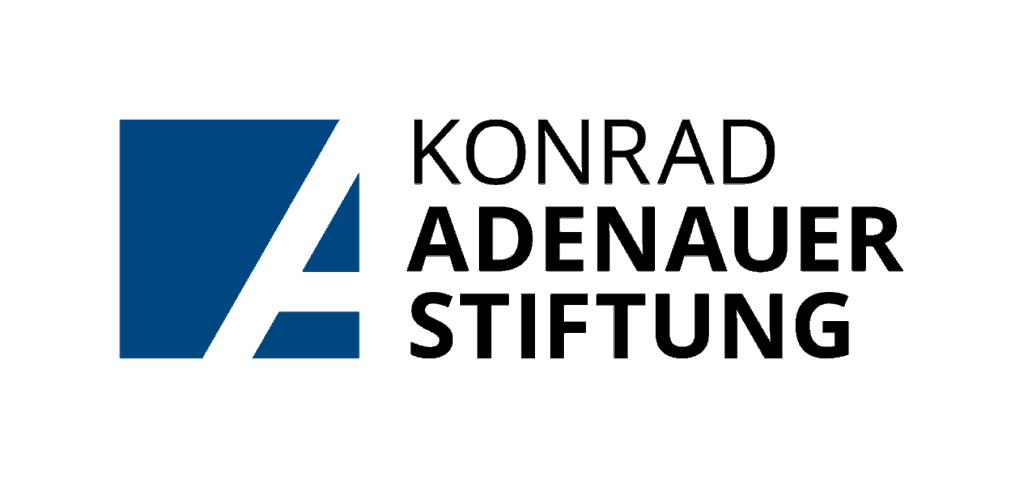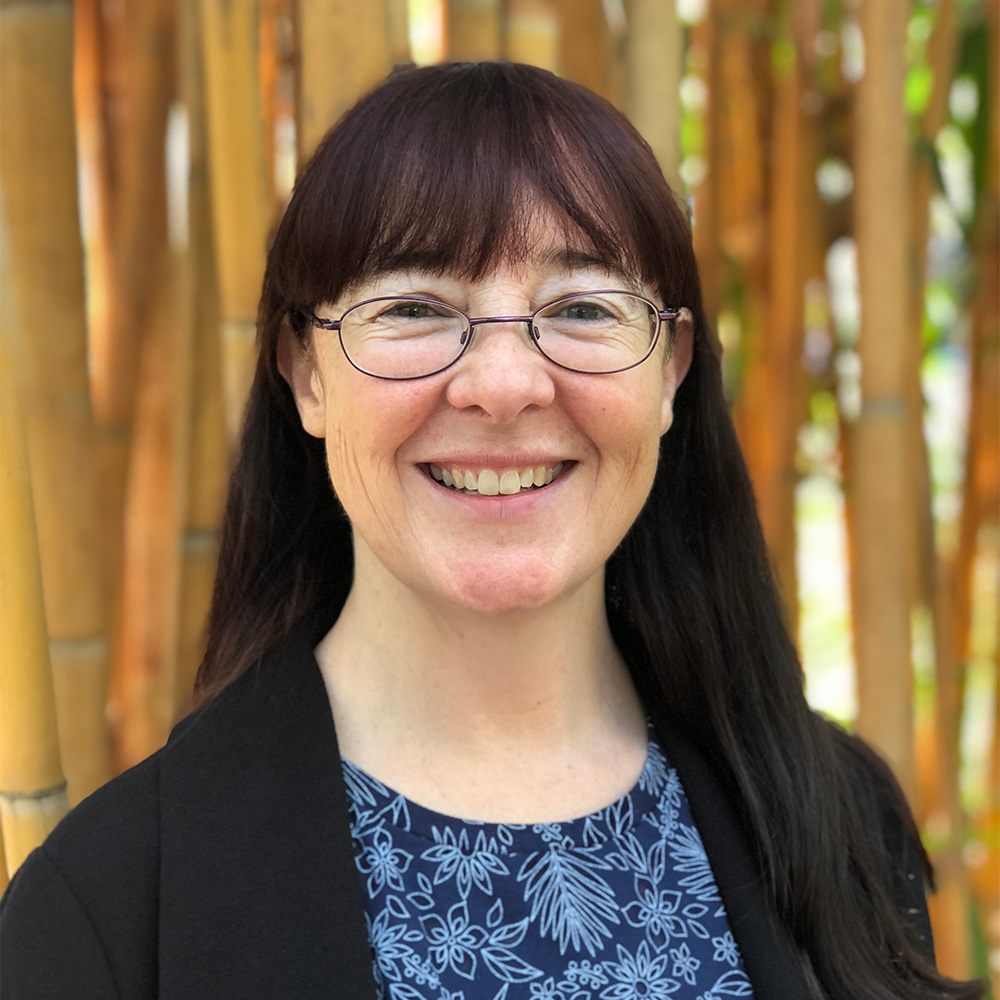Developing a Concept
It helps to imagine your ideal listener as one person. This helps you choose a format for your story, a tone and style for the script, an ideal duration that will hold their interest, and guide your choice of questions to explore in interviews.
Next, plan your interviews:
- Who can talk authoritatively about the subject – perhaps a policymaker, or a company spokesperson?
- Who can talk about social effects and give a human face to the story – perhaps a community leader, or an individual with real-life experience?
- Who can put the story in context and provide big-picture analysis – perhaps an academic, expert commentator, or a specialist journalist?
Choosing an Interview Location
You can do interviews using technologies like Zoom, Skype, where you and your interviewee are in an office. But you’ll get a much more interesting sound if you do the interview at a relevant location.
An interview about football could be done inside or outside the stadium, where the listener can hear the roar of the crowd. An interview about education could be recorded near a school, with the sound of children in the background.
You can see the interviewee, and the location, but your listener can’t, so ask your interviewee to describe the location if it’s relevant.
Unless your story is for a radio news bulletin or current affairs show, think about natural, or ambient sound. If your story is about the environment, can you record some of your interviews outdoors.
When you do an interview on location, record one or two minutes of natural sound, without anyone speaking. You can use this later as a sound effect for your show.
Some background noise is risky. If you do your interview at a venue where music is playing in the background, you won’t be able to edit re-takes or mistakes because it will cut pieces of the music out as well. There can also be copyright issues if background music is a commercial song.
Listen for noises to avoid, too, like a humming refrigerator, traffic noise, or air conditioners.
Preparing Interview Questions
Ask yourself what questions your listeners would want answered, and write these down. Most people will take one to two minutes to answer a question, so if you have been given 20 minutes for the interview, you’ll be able to ask 10-15 questions.
Once you’ve written your questions, put them in an order that gives a natural flow to the conversation. Ask your interviewee to speak in full sentences, as this will make editing the interview much easier. Listen to each answer, and ask follow-up questions if you need to.
A good tip, if you are pre-recording your interview, is to ask your first question again at the end of the interview. By then, your interviewee will have overcome any nerves, and you will get a more natural answer.


